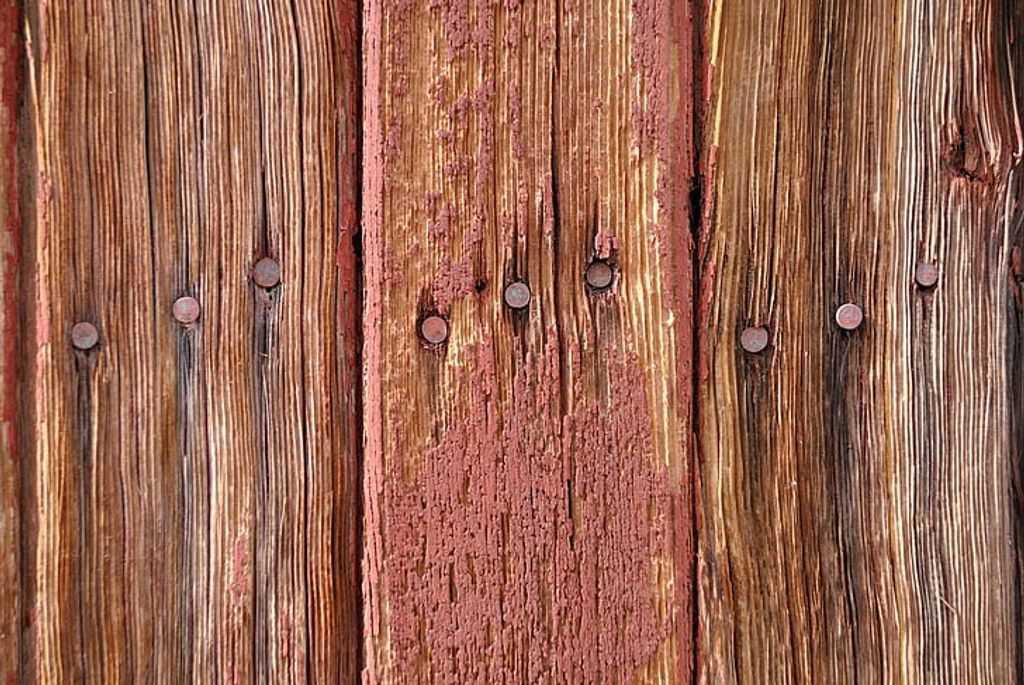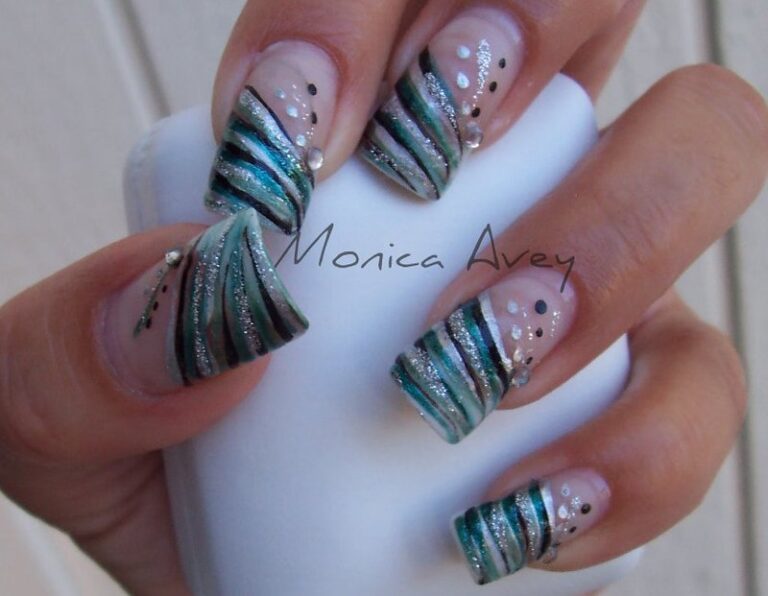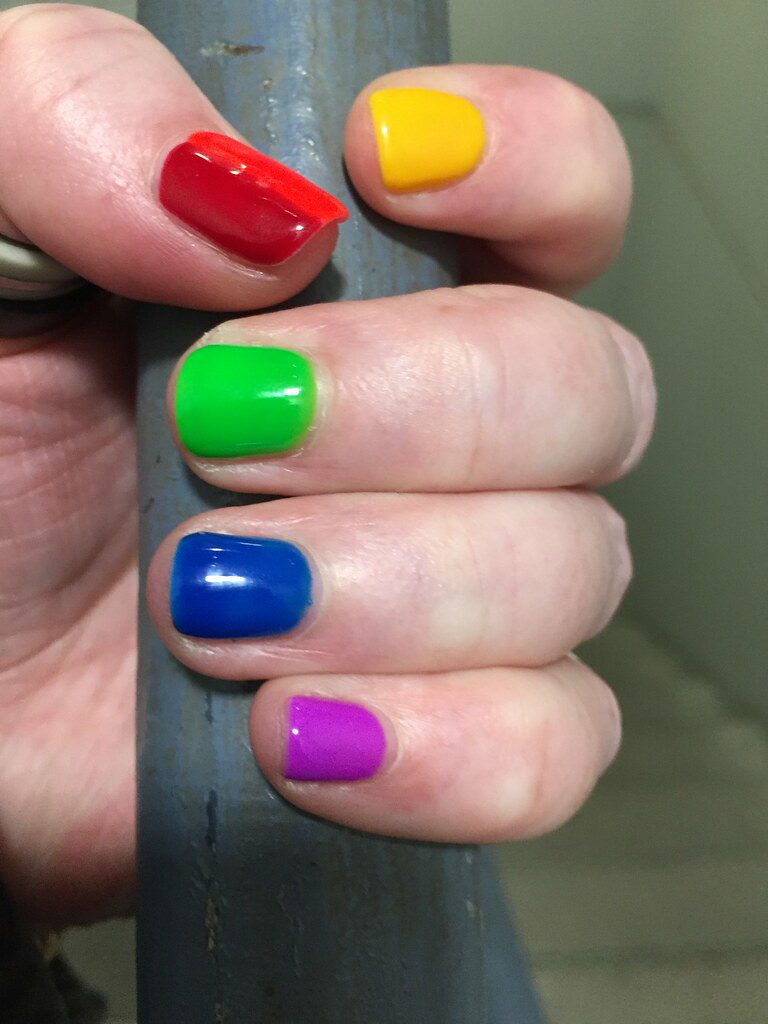“Shiplap Serenity: Nails for Shiplap”
Shiplap walls are a popular choice for adding a touch of rustic charm to any space. Whether you’re a seasoned DIY enthusiast or a novice looking to spruce up your home, understanding the basics of shiplap construction and choosing the right nails for installation are crucial steps in achieving a professional finish. From installation techniques to finishing touches and maintenance, this guide will provide you with the essential knowledge to embark on your shiplap project with confidence.
Key Takeaways
- Understanding the basics of shiplap design is essential for a successful installation.
- Selecting the right nails for shiplap involves considering factors such as material, length, and gauge.
- Proper preparation of the walls is key to a seamless shiplap installation.
- Trimming and edging are important for achieving a polished and professional look for your shiplap walls.
- Regular maintenance and upkeep will ensure the longevity of your shiplap walls.
Understanding Shiplap Construction

The Basics of Shiplap Design
Shiplap is a distinctive style of wood paneling characterized by horizontal boards with rabbet joints that overlap to create a tight seal. This design not only offers a rustic aesthetic but also serves a practical purpose by providing an effective barrier against the elements.
When planning a shiplap project, it’s essential to understand the layout and orientation of the boards. Typically, shiplap is installed in a horizontal fashion, which can visually widen a room and add a sense of calm continuity. The width and length of the boards can vary, but for a harmonious look, consistency is key.
Installation tip: Always allow the wood to acclimate to the room’s humidity for a few days before installation to prevent future warping or gapping.
Here’s a quick checklist for shiplap design considerations:
- Board dimensions and consistency
- Room size and board orientation
- Color and finish of the wood
- Proper spacing for expansion and contraction
Materials and Tools for Shiplap Installation
Gathering the right materials and tools is a critical step in achieving the perfect shiplap installation. The primary material, of course, is the shiplap boards themselves, which should be chosen for their quality and fit for your space. Alongside the boards, nails are the linchpin of shiplap installation, securing the boards in place with subtlety and strength.
To ensure a smooth installation process, here’s a list of essential tools you’ll need:
- Measuring tape for accurate board placement
- Stud finder to locate wall studs for secure nailing
- Level to maintain even lines across the wall
- Saw (hand saw or power saw) for cutting boards to size
- Nail gun or hammer for fastening shiplap boards
- Spacers to create consistent gaps between boards
Remember, the right tools can make all the difference in the ease of installation and the quality of the finished wall. It’s also important to have safety gear such as goggles and gloves to protect yourself during the process.
Choosing the Right Nails for Shiplap

Factors to Consider When Selecting Nails
When selecting nails for shiplap installation, it’s crucial to consider the material and size of the nails. The type of wood used for the shiplap and the wall surface will determine the appropriate nail material. Additionally, the length and gauge of the nails should be chosen based on the thickness of the shiplap boards and the wall studs. Ensuring the right combination of nail material, size, and length will result in a secure and durable shiplap installation. Here’s a table summarizing the nail selection criteria:
| Nail Material | Suitable Wood Types | Wall Surface | Length and Gauge |
|---|---|---|---|
| Steel | Pine, Cedar | Drywall | 2-inch, 16-gauge |
| Stainless Steel | Oak, Maple | Plaster | 2.5-inch, 15-gauge |
| Galvanized | Poplar, Birch | Cement Board | 3-inch, 12-gauge |
Remember, the right nails are essential for a successful shiplap installation. Ensure to choose the appropriate nails based on the specific requirements of your shiplap project.
Types of Nails Suitable for Shiplap
When selecting the right nails for shiplap, it’s essential to choose ones that ensure a secure and lasting hold. Finish nails are often recommended for shiplap installation because they are stronger than brads and provide more support. This makes them ideal for the larger panels used in shiplap construction.
Galvanized nails are another suitable option, especially for areas with higher moisture levels, as they are resistant to rust. Stainless steel nails are the best choice for outdoor shiplap applications or in bathrooms and kitchens, where the environment is more prone to dampness.
Here’s a quick reference list of nail types suitable for shiplap:
- Finish nails for strength and support
- Galvanized nails for moisture resistance
- Stainless steel nails for outdoor or damp environments
Tip: Always ensure that the length of the nail is at least three times the thickness of the shiplap board to achieve a firm hold.
Installation Techniques for Shiplap

Preparing the Walls for Shiplap
Before the first plank of shiplap is positioned, the wall must be thoroughly prepared to ensure a smooth installation process. Start by removing any existing wall coverings such as wallpaper or old paint. This can be done using a scraper or a heat gun to loosen the material. Once the wall is bare, inspect it carefully for any imperfections or damages that may affect the shiplap’s adherence or appearance. Any holes or cracks should be filled and sanded to create an even surface.
- Clean the wall to remove dust and debris
- Apply a primer if necessary, especially if the wall has been patched
- Locate the studs using a stud finder and mark them
Tip: Always check for level and plumb lines before beginning your shiplap installation. This will ensure that your shiplap lines are straight and true, which is essential for a professional-looking finish.
After these preliminary steps, you’re ready to move on to measuring and cutting your shiplap boards to fit the wall. Remember that the time spent on wall preparation can greatly influence the final outcome of your shiplap project.
Step-by-Step Guide to Nailing Shiplap
When nailing shiplap, it’s crucial to ensure that the boards are aligned properly and securely fastened to the studs. This will not only enhance the structural integrity of the shiplap installation but also contribute to a visually appealing finish. To achieve this, consider using a level to ensure the boards are straight and a nail gun for secure fastening. Additionally, spacing the nails evenly along each stud will help distribute the load and prevent warping or buckling of the shiplap over time. Remember, precision and attention to detail are key when nailing shiplap.
Finishing Touches: Detail Work on Shiplap

Trimming and Edging for a Professional Look
When it comes to achieving a professional look for your shiplap walls, attention to detail is key. Proper trimming and edging can make a significant difference in the overall appearance of the installation. To ensure a clean and polished finish, consider the following tips:
- Use a level to ensure straight and even cuts
- Sand the edges for a smooth and seamless transition
- Apply a primer before painting to enhance the final result
Remember, the finishing touches are what truly elevate the look of your shiplap walls.
Caulking and Painting Shiplap
Once your shiplap is securely installed, the next steps are caulking and painting, which are crucial for achieving a seamless and polished look. Begin by applying caulk to any gaps or seams between the shiplap boards. A steady hand and a quality caulking gun are key to a clean finish. Allow the caulk to dry according to the manufacturer’s instructions before moving on to painting.
For painting, select a high-quality paint that complements your interior design. Use a brush or roller suitable for the paint type and the texture of the wood. Start with a primer if your shiplap is untreated or if you’re making a significant color change. Apply at least two coats of paint, allowing sufficient drying time between coats, to ensure even coverage and a durable finish.
Tip: When selecting paint, consider a semi-gloss or gloss finish for easier cleaning and maintenance. These finishes also help to highlight the unique texture of the shiplap.
Remember to protect your floors and furniture from drips and spills with drop cloths or plastic sheeting. The effort you put into these finishing touches will greatly enhance the longevity and beauty of your shiplap walls.
Maintenance and Care for Shiplap Walls

Regular Upkeep of Shiplap
Regular upkeep of shiplap is essential to maintain its appearance and structural integrity. Cleaning the surface regularly helps prevent the accumulation of dust, grime, and moisture, which can lead to discoloration and warping. Additionally, keep an eye out for signs of water damage and address any issues promptly to avoid further deterioration. Proper maintenance prolongs the lifespan of shiplap walls and ensures a beautiful, long-lasting finish.
Repairing Nail Pops and Other Issues
Nail pops can mar the smooth appearance of your shiplap walls, but they are a fixable nuisance. The repair process is straightforward and can restore the pristine look of your shiplap. First, identify the affected nails and determine whether they need to be driven back in or replaced entirely.
- Gently tap the protruding nail back into place, ensuring it’s slightly recessed from the surface.
- Fill the indentation with wood filler, then sand it smooth once dry.
- Touch up the area with matching paint to seamlessly blend the repair into the rest of the wall.
Tip: Always use a nail set to avoid damaging the wood surface when tapping the nails back into place.
Regular inspection of your shiplap walls can help you catch and address nail pops early, preventing them from becoming a larger issue. If you encounter a nail that cannot be fixed by the above method, consider replacing it with a new one that is the appropriate size and type for shiplap. Remember, maintenance is key to ensuring the longevity and beauty of your shiplap walls.
Shiplap walls are a popular choice for adding a touch of rustic charm to any space. However, proper maintenance and care are essential to ensure that they retain their beauty and durability over time. Regular dusting and cleaning with a mild detergent can help keep shiplap walls looking their best. It’s also important to inspect for any signs of damage or wear, such as cracks or peeling paint, and address them promptly. By following these maintenance tips, you can enjoy the timeless appeal of shiplap walls for years to come. For more tips on home maintenance and design inspiration, visit NAILinspire.com – The Ultimate Online Nail Art Design Library.
Frequently Asked Questions
What is shiplap construction?
Shiplap construction is a method of creating a wooden wall surface by fitting boards together with an overlapping edge.
What type of nails are best for shiplap?
The best nails for shiplap are typically ring-shank nails or screws, which provide strong holding power and prevent the wood from pulling apart.
How do I prepare the walls for shiplap installation?
Walls should be clean, dry, and free of any protrusions. It’s also important to locate and mark the wall studs for secure attachment of the shiplap boards.
What is the process for nailing shiplap boards?
Nailing shiplap boards involves positioning the board, driving the nail into the overlapping edge at an angle, and repeating the process for each board.
Should I caulk shiplap joints before painting?
Caulking shiplap joints can help create a seamless appearance and prevent moisture from seeping behind the boards. It’s recommended for a professional finish.
How can I maintain shiplap walls?
Regular dusting and cleaning with a mild detergent are sufficient for maintaining shiplap walls. Periodic inspection for nail pops and other issues is also recommended.






